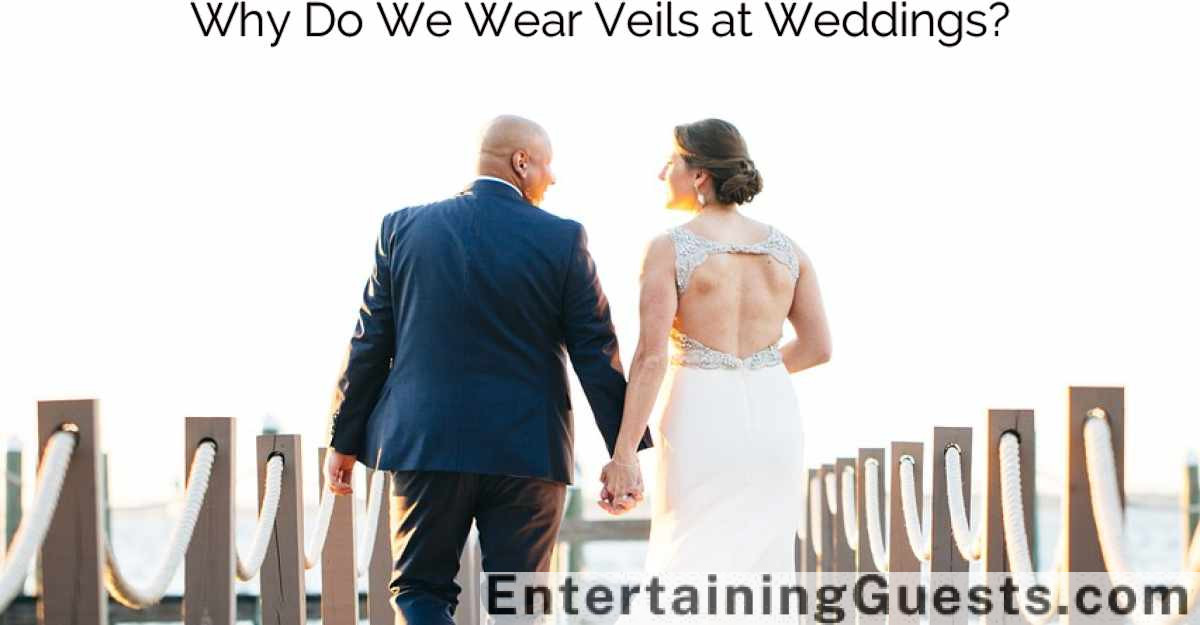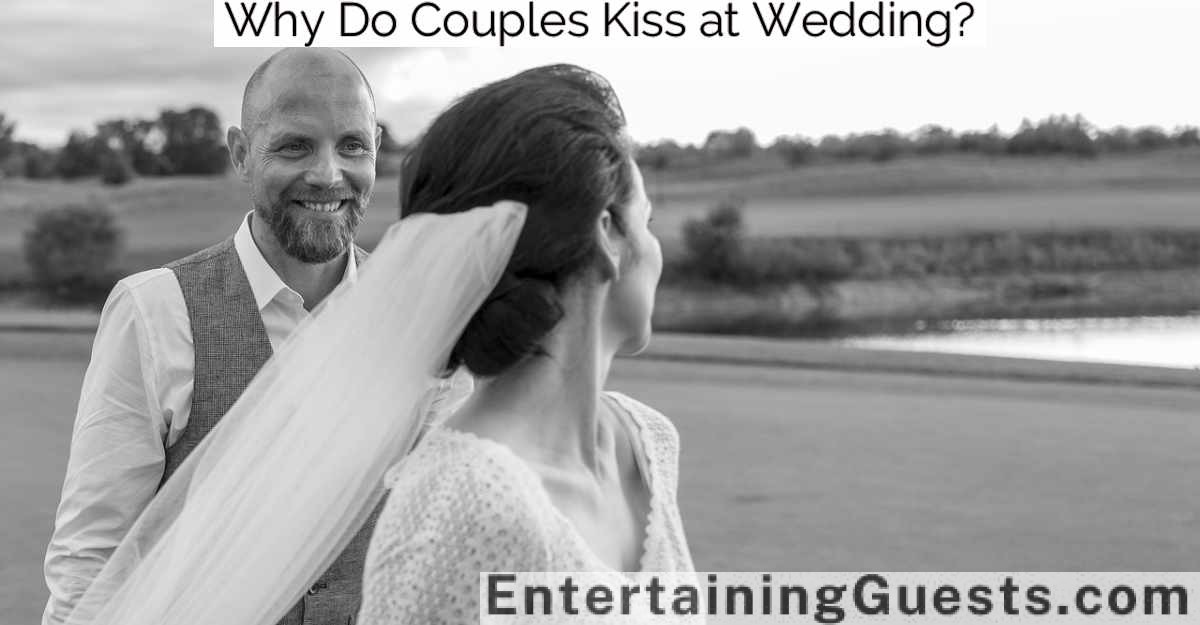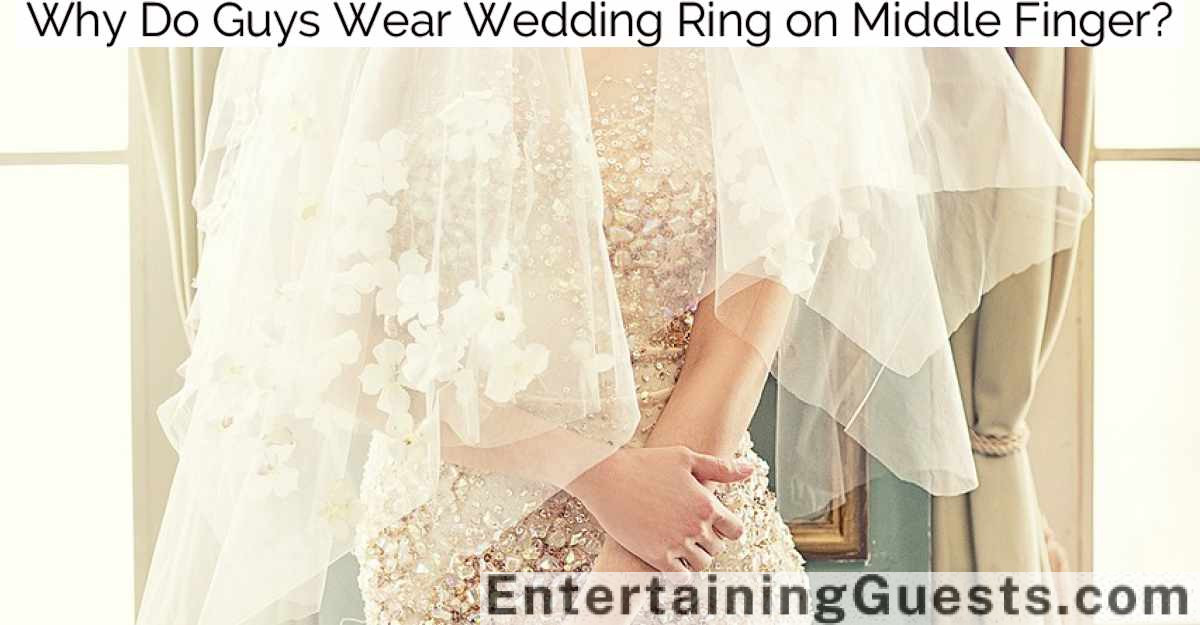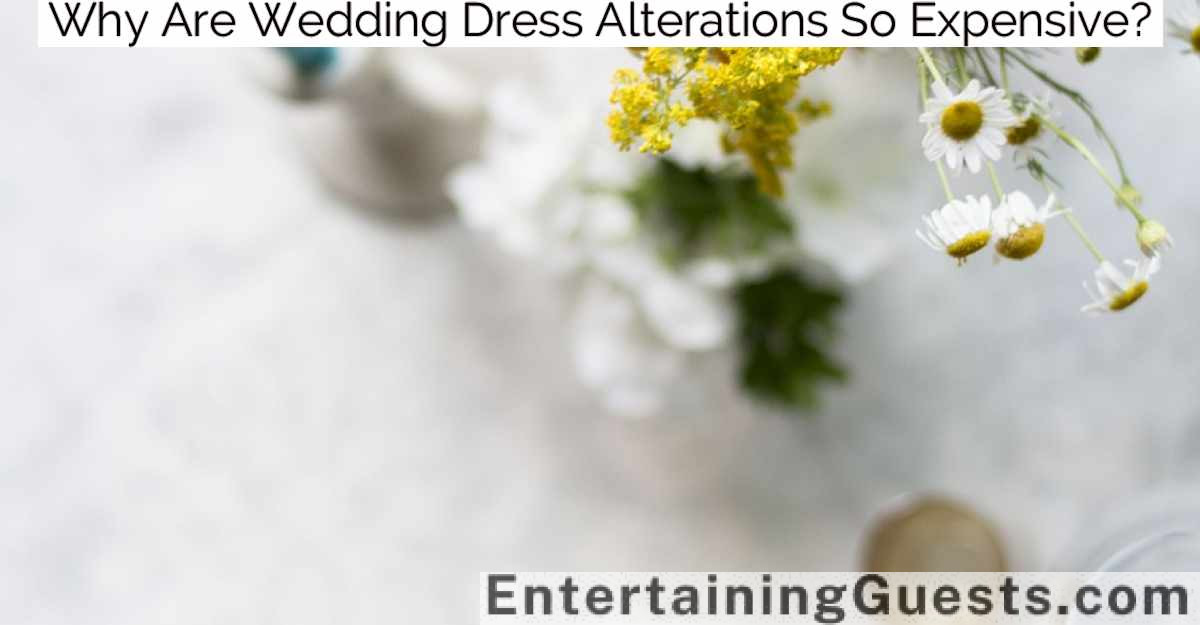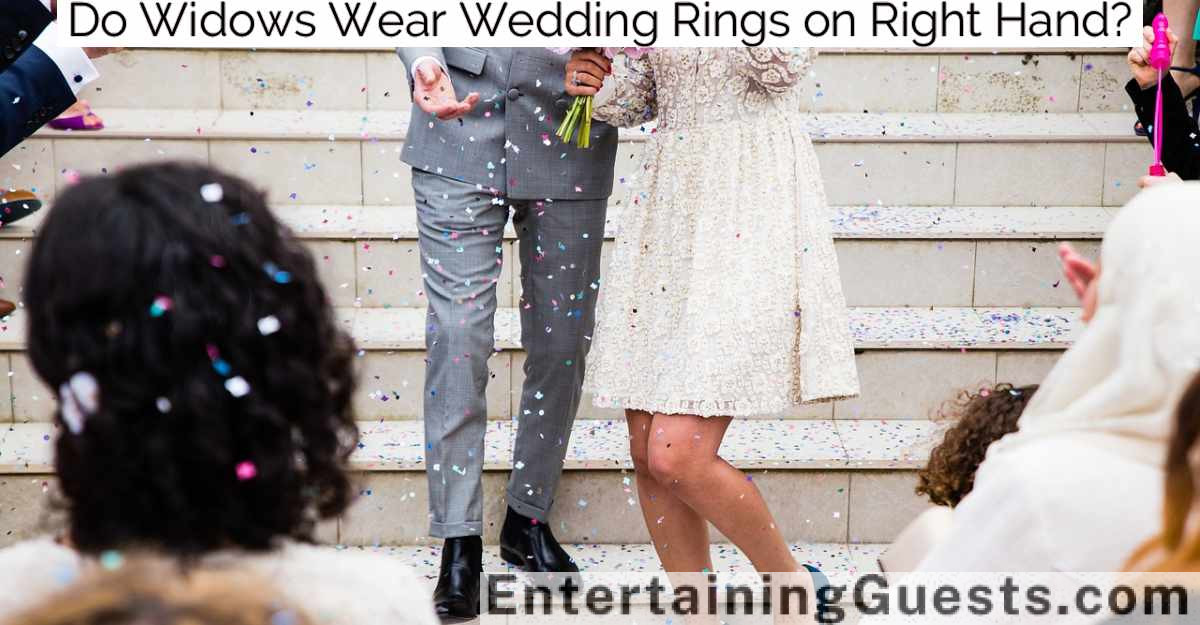You wear a veil at your wedding as a symbol steeped in rich tradition and cultural significance. Originating from ancient practices intended to protect against evil spirits, veils have evolved into emblems of purity, humility, and the transformation into married life. This beautiful accessory, whether crafted from luxurious silk or delicate lace, not only honors your personal and cultural heritage but also enhances the intimacy and sacredness of your ceremony. As you lift the veil, you’re not only revealing your physical beauty but also embracing a profound spiritual journey into marriage. Exploring further, you’ll uncover deeper layers to this elegant tradition.
Key Takeaways
- Veils symbolize purity and modesty, reflecting the bride’s untouched spirit and enhancing the intimacy of the wedding ceremony.
- Historically, veils served as protection against evil spirits, a tradition originating from ancient customs.
- The act of lifting the veil represents the transition from single to married life, marking a significant change and transformation.
- In various religions, veils signify humility and respect before God, playing a central role in the spiritual aspect of the ceremony.
- Modern veils blend traditional symbolism with contemporary fashion, allowing brides to express personal style and cultural heritage.
Historical Origins of Bridal Veils
Bridal veils, traditionally worn to symbolize purity and modesty, have origins rooted deeply in ancient civilizations. You might find it fascinating that the history of the bridal veil dates back to ancient Rome, where brides wore veils to protect themselves from evil spirits on their wedding day. These veils, often brightly colored, were part of the flammeum, the large, yellow veil that completely covered the bride’s face and symbolized the fire’s light, intended to ward off ill omens.
In medieval times, the veil evolved to symbolize status and chastity. As you explore deeper, you’ll discover that during the Crusades, veils became more ornate, often embroidered with intricate patterns, showcasing the bride’s family wealth and social standing. The veil’s length and quality were direct indicators of the family’s status within society.
Shifting to the Renaissance, veils grew even more elaborate. Brides from wealthy families wore luxurious materials like silk and fine lace, further emphasizing their social position and the solemnity of the marital bond. Each stitch and choice of fabric bore significance, a reflection of the family’s heritage and the bride’s change into married life.
Symbolism and Cultural Significance
Veils carry profound symbolism, often representing purity, connection, and the mysterious passage into married life.
When you choose to wear a veil, you’re not just selecting a piece of bridal attire; you’re embracing a rich tapestry of meanings woven through history. Each aspect of the veil’s presence at your wedding holds a deeper significance that resonates on a personal and cultural level.
Here are some ways veils symbolize different values across various cultures:
- Purity and Innocence: Traditionally, the veil is seen as a symbol of the purity and untouched spirit of a bride. It suggests a form of demure beauty that’s revealed to the groom alone, enhancing the intimacy of the nuptial bond.
- Change and Transformation: The act of lifting the veil marks a change from single to married life. It’s a transformative moment that signifies your readiness to face new responsibilities and experiences as a couple.
- Protection and Mystery: In many cultures, veils are believed to ward off evil spirits and bad luck. The sheer fabric acts as a barrier, guarding the bride during her vulnerable change into married life while maintaining an aura of mystery and anticipation.
Through these elements, the veil isn’t just a bridal accessory; it’s a profound emblem of life’s changes, safeguarding and celebrating the sanctity of marriage.
Religious Interpretations and Practices
As you explore the role of veils in religious wedding ceremonies, you’ll find that many faiths treat veils as symbolic religious coverings, reflecting a deep reverence for their traditions.
These garments aren’t merely ornamental but are integral to faith-based wedding rituals, signifying purity, respect, and a spiritual connection.
Additionally, veils are often seen as providing sacred protection, shielding the bride in a physical and spiritual manner during the pivotal moment of her wedding ceremony.
Symbolic Religious Coverings
Throughout history, various religions have imbued wedding veils with profound symbolic meanings, reflecting beliefs about purity, modesty, and the spiritual nature of marriage. You’ll find that these coverings aren’t just mere traditions; they carry deep religious significance that varies according to the faith:
- Christianity: In many Christian denominations, the veil is a symbol of humility and respect before God, which is integral during the sacred ritual of marriage. It also serves to remind you of the church’s teachings that marriage is a covenant between you, your partner, and God.
- Judaism: For Jewish brides, the veiling ceremony, known as the ‘Badeken,’ represents a gesture of modesty and signifies that the groom is marrying you for your inner beauty. It also references the Biblical story of Jacob, reinforcing the importance of identity and intent in your marital relationship.
- Islam: In Islamic tradition, the veil, or hijab, worn during the wedding and beyond, underscores modesty and privacy. It acts as a physical manifestation of the spiritual bond you’re forming and your commitment to uphold the virtues of your faith.
These veils are more than simple accessories; they’re a representation of your beliefs and a declaration of your intentions as you initiate this sacred journey of marriage.
Faith-Based Wedding Rituals
Exploring faith-based wedding rituals reveals how deeply religious interpretations and practices are woven into the ceremonies, guiding you through traditions that bind your union with sacred significance.
In Christianity, the veil symbolizes humility and respect before God, integral during the sacred ceremony. It’s not just a bridal accessory, but a profound emblem of purity and the change from a single life to marital unity under God’s watchful eye.
In Jewish tradition, the act of veiling, known as ‘Badeken’, involves the groom placing the veil over the bride’s face. This ritual is rooted in the biblical story of Jacob, ensuring the groom marries the correct bride. It emphasizes trust and the commitment to cherish the bride’s inner beauty above all.
Hindu weddings also incorporate veils in a unique way. Here, the veil represents a partition, not only between the bride and groom but also between the physical and spiritual dimensions. During the ceremony, the veil is lifted in a ritual called ‘Jeelakarra Bellam’, symbolizing the couple’s union and their new journey in the transparent light of understanding and faith.
Each of these practices invites you to see beyond the mere fabric, recognizing a deeper, divine connection at the heart of your wedding day.
Sacred Protection Beliefs
You’ll now find that many cultures imbue veils with sacred protection beliefs, anchoring them in a domain of spiritual safeguarding during pivotal life events. This symbolic accessory serves not just as a bridal adornment, but also as a barrier against evil spirits and misfortune.
The religious interpretations and practices surrounding the wearing of veils are deeply embedded in tradition, reflecting both respect and reverence for the matrimonial process.
Here’s how different beliefs highlight the protective power of veils:
- Christianity: In many Christian weddings, the veil is often interpreted as a symbol of humility and respect before God, which is critical during the sacred ceremony. It also represents the bride’s purity and her passage into a new life with her partner, shielded from past sins.
- Judaism: The Jewish ritual of ‘Badeken’ involves the groom placing the veil over the bride’s face. This act is a gesture of the groom’s intent to cherish his wife for her inner beauty, and it visually represents their commitment to spiritual protection.
- Hinduism: Hindu brides wear veils as a form of protection against negative energy and as a mark of respect to the deities worshipped during the ceremony. The veil, often elaborately decorated, enhances the sanctity of their vows.
In each tradition, the veil transcends its physical form to become a critical element of the spiritual and emotional armor worn by the bride.
Veils and Modern Wedding Fashion
As you explore the world of modern wedding fashion, you’ll notice that veil styles and trends have evolved considerably.
Each veil carries its own symbolism, reflecting the bride’s personal style and cultural heritage.
Understanding these elements can help you choose a veil that not only complements your gown but also enriches the ceremonial ambiance of your special day.
Veil Styles Trends
Veil trends in modern weddings often reflect a blend of time-honored traditions and contemporary fashion influences, seamlessly integrating classic styles with innovative designs. As you plan your wedding, you’ll find that choosing the right veil can add a sophisticated touch to your bridal ensemble.
Here’s a glimpse into the most popular styles that are capturing the hearts of brides today:
- The Cathedral Veil: This long, flowing veil adds a dramatic flair and is best suited for formal weddings. It trails elegantly behind you, sometimes extending far beyond the train of your gown. The cathedral veil is perfect if you’re aiming for a grand, fairy-tale entrance.
- The Birdcage Veil: For those of you who adore vintage charm, the birdcage veil is a stylish nod to the glamorous 1940s and 1950s. It covers just a portion of your face and is typically made from netting or lace, offering a chic, retro vibe that complements a wide range of dresses, from modern minimalist to intricate vintage.
- The Mantilla Veil: Originating from Spain, this beautiful lace veil frames the face with its delicate lace edging, providing both elegance and a touch of cultural heritage. It’s wonderful for adding a romantic, ethereal quality to your wedding day look.
Each of these veils can enhance your overall bridal appearance, ensuring you look stunning on your special day.
Symbolism Behind Veils
While exploring various veil styles is important, understanding the symbolism behind them adds depth to your wedding fashion choices.
Traditionally, veils represent purity, modesty, and the mystery of the bride’s beauty, which is revealed to signify the groom’s right to her affection. This emblematic gesture originates from ancient customs where brides were fully covered to protect them from evil spirits or to symbolize a shift into married life.
Now, let’s investigate deeper. In modern weddings, veils have evolved but they still carry significant meanings. You may choose a blusher veil, which covers your face until the pivotal ‘you may kiss the bride’ moment, reinforcing the traditional symbolism of revealing your beauty and commitment.
Alternatively, opting for a longer, cathedral-style veil can denote respect and formality, suitable for religious ceremonies.
Moreover, the style and length of your veil can reflect personal values and aesthetic preferences. A vintage lace veil might nod to your love for tradition, while a minimalist, sheer veil could signify a more contemporary, straightforward outlook on life.
As you select your veil, think about what these traditions mean to you personally and how they resonate with your unique vision of love and partnership.
Regional Variations in Veil Styles
Why do bridal veil styles vary so markedly from one region to another? As you explore the rich tapestry of wedding traditions around the world, you’ll find that the style of wedding veils is deeply influenced by cultural, religious, and historical factors. Each region’s unique approach to bridal veils tells a story of heritage and personal identity.
Here are some key reasons for these variations:
- Cultural Significance: In many cultures, the veil contains specific symbols or designs that represent local traditions and beliefs. For instance, in parts of Asia, veils often feature intricate embroidery that carries symbolic meanings related to the couple’s future and happiness.
- Religious Practices: The length and style of the veil can also reflect religious dictates. For example, in traditional Catholic weddings, longer veils are common, embodying modesty and reverence in the ceremony.
- Climate and Environment: Practical factors like climate play a role too. In hotter regions, lighter, more breathable fabrics are chosen, whereas in cooler areas, brides might opt for heavier materials that add an extra layer of warmth.
Understanding these factors helps you appreciate not just the beauty of the veil, but the deep cultural significance that it holds in different regions.
Personal Stories and Contemporary Choices
Often, brides today select their wedding veils based on personal stories and contemporary fashion trends, reflecting their individual tastes and lifestyles. You might choose a veil because it mirrors the style worn by your grandmother, weaving a thread of continuity through your family’s history.
Alternatively, you may opt for a minimalist, modern design that aligns with your everyday fashion sense, seamlessly incorporating your personal style into your wedding day.
Your choice in veil can also symbolize your cultural identity or honor your heritage. For instance, you might select a mantilla veil if you’re celebrating your Spanish roots, embracing the intricate lace detailing that characterizes this traditional style.
On the other hand, if you’re inclined towards a more avant-garde aesthetic, you could go for an unconventional color or pattern that breaks from the typical white or ivory, making a statement that resonates with your unique personality.
Ultimately, the veil you choose is more than just an accessory; it’s a reflection of who you are and what you value. Whether it’s a family heirloom or a bold, contemporary piece, it serves as a personal expression on your most memorable day.
Frequently Asked Questions
How Do You Properly Attach a Veil to Your Hairstyle?
To properly attach your veil, first choose a hairstyle. Secure it with a comb or pins at the crown or back of your head, ensuring it’s snug but comfortable. Adjust for desired placement.
Can Veils Be Reused or Recycled for Other Purposes?
Yes, you can reuse or recycle veils for various purposes. They can be repurposed into baby bassinets, window treatments, or sentimental keepsakes like a christening gown or a decorative table runner.
What Are Popular Alternatives to Wearing a Veil?
You might consider flower crowns, tiaras, or decorative hairpins as trendy alternatives to veils. These options can add a touch of personality and style to your wedding outfit while keeping it traditional and elegant.
Are Veils Appropriate for Second or Third Weddings?
Veils are entirely appropriate for any wedding, whether it’s your second or third. It’s about your comfort and the tone you want to set. Choose what feels right and celebrates your occasion.
How Should a Veil Be Cleaned and Stored After the Wedding?
To clean and store your veil, you should gently hand wash it in mild detergent, then air dry. Store it flat or hang it in a dark, dry place to prevent yellowing.
Conclusion
As you plan your wedding, consider the rich history and varied significance behind the bridal veil.
Whether you’re embracing it as a symbol of purity, protection, or tradition, the veil adds a layer of depth to your ceremony.
Across different cultures and religions, its meaning shifts, yet consistently adds elegance and reverence.
Choosing to wear a veil or opting for a different style speaks to your personal story and contemporary fashion preferences, making your day uniquely yours.
